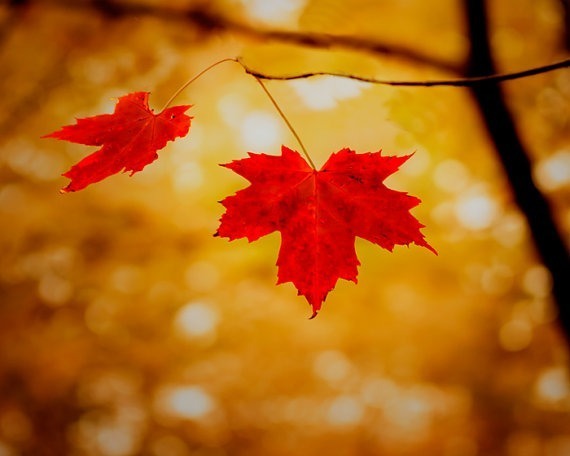Why Canadian Hardwood Is Superior
Over ten percent of the world’s forests are located in Canada. There are five major forest regions in Canada. These various regions have different species of trees unique to each area. What makes these regions even more unique is the specific climates, topography and soil. By producing such a variety of trees, anywhere from black spruce to the hardwoods such as maple, birch, and black walnut, Canada can produce a wide range of flooring products. Most importantly the hardwood flooring being produced is manufactured with impeccable standards of quality and consistency.
Why Canadian Hardwood Flooring is so Durable
Several different types of wood are grown in Canadian forests, each having a different degree of durability. The main factor why Canada’s wood is of such superb quality is due to the climate. The colder average year round temperature’s cause the trees to grow slower, which in return results in tighter and stronger wood with more consistent tones of color.
Canadian hardwood has a reputation across the world for being the best quality material when it comes to making flooring. The tightness of the growth rings and the consistency of the patterns don’t only prove that the wood has a great deal of strength, but may in fact be the the most visually appealing.
For these reasons, many of the world’s best architects and designers are always looking for ways to incorporate Canadian maple hardwood flooring into their projects.
Why the World is Comfortable Buying Canadian Wood Products
Not only are Canadian hardwood flooring products durable, Canada is a leader in environmental regulations; regulations are set in place to ensure their timber and timber products are of the highest quality and produced with minimal environmental impact. Strict regulations allow individuals who purchase Canadian hardwood flooring the peace of mind when it comes to the environment and concerns that manufacturing byproducts may have.
Manufacturers of Canadian hardwood flooring are always striving to minimize waste, and only a maximum of 5% of each cut tree isn’t used. This 5% is made of up branches, which the tree cutters leave on the forest floor in order to biodegrade and aid future tree growth. Remediation of forests by planting new saplings is also a common practice in the industry.

